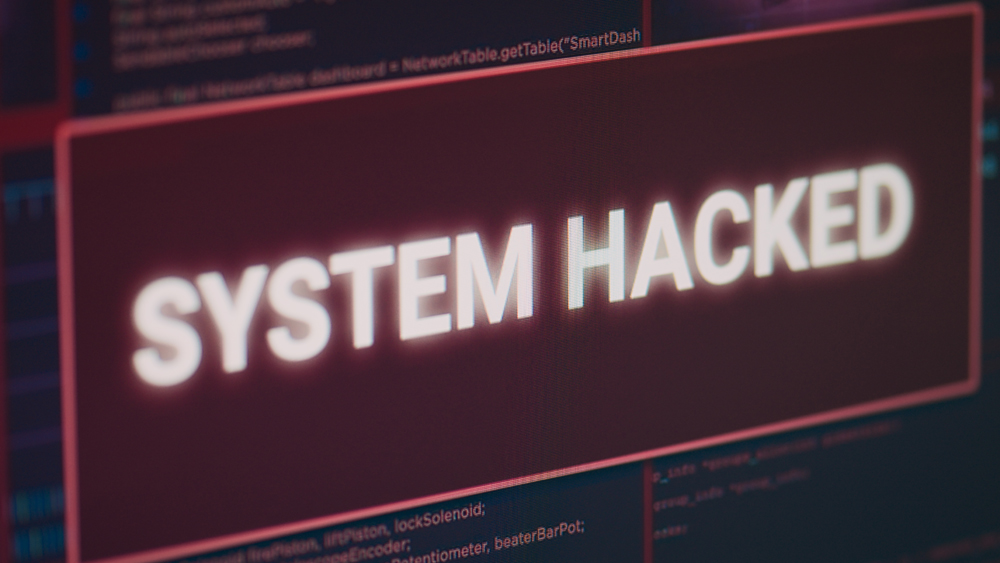Cyber threats and attacks are continuously evolving, and keeping up with the latest trends is essential for staying safe in the digital world. In 2023, the cybercrime landscape is expected to see new and sophisticated attacks and the continuation of well-established threats. Understanding these cybersecurity threats and taking proactive measures to protect yourself, your data, and your devices is more critical than ever in today’s interconnected world.
Table of Contents
What are Cyber Threats and Attacks?
Cyber threats and attacks have become a significant concern for individuals, businesses, security teams, and governments. From phishing scams to malware infections, malicious actors have used various techniques to gain access to sensitive data or disrupt operations without physical access. As technology has advanced, so too have the methods used by cybercriminals. In recent years, we’ve seen an increase in sophisticated ransomware attacks, social engineering scams, and other forms of digital fraud.
Some fun cybersecurity statistics from 2022:
• There were over 22 billion records exposed in data breaches
• The average cost of a data breach was $4.35 million
• 43 percent of attacks were aimed at small businesses
Common Cybersecurity Risks

Ransomware Attacks
Ransomware is malicious software that encrypts data and demands a ransom payment in exchange for its release. Ransomware threat actors target individuals, businesses, or federal government entities and can cause significant disruption of critical infrastructure if not stopped before it spreads.
Social Engineering Scams
Social engineering scams are designed to manipulate people into revealing sensitive information or performing specific actions. These scams often involve individual actors impersonating a trusted source and can be used to gain remote access to accounts to steal money or spread malware.
Phishing Attacks
Phishing attacks are designed to trick users into providing personal information such as passwords or credit card numbers by posing as a legitimate entity. These attacks are typically sent via email and can lead to identity theft or financial loss if successful. Human error is the leading cause of successful phishing attacks, so it’s essential to be aware of the signs and take steps to protect yourself.
Malware Infections
Malware is malicious software that can be used to gain access to a system or steal data. Malware infections can range from simple viruses that cause minor disruption to sophisticated Trojans that allow attackers to gain control of a system. It’s important to
Smishing and Vishing Attacks
Smishing and vishing are two types of social engineering attacks that target mobile devices. They use text messages or phone calls to trick users into revealing sensitive information. These attacks can be used to gain access to accounts, steal money, or spread malware. Ensuring your mobile device is secure and up to date is the best way to protect yourself from these attacks.
New Trends in Cyber Threats and Attacks
As cyber threats and attacks become more sophisticated, new trends are emerging. Cybercriminals are starting to use artificial intelligence (AI) and machine learning to automate their attacks and evade detection more and more. They are also targeting cloud-based services and Internet of Things (IoT) devices, which can provide access to large networks of vulnerable systems. To protect against these threats, businesses and individuals must stay up-to-date on the latest trends in cyber security and take steps to secure their systems.
Sophisticated Phishing Scams
Cybercriminals are increasingly using AI and machine learning to automate phishing campaigns and make them more convincing. They are also targeting mobile devices, which can be more vulnerable to phishing attacks due to their smaller screens and lack of security features. To protect against these threats, users should be aware of the signs of a phishing attack and take steps to secure their devices.
AI-Powered Malware Targeting Smart Devices
AI-powered malware is a new form of attack that uses machine learning to target smart devices such as smartphones and IoT devices. Advances in artificial intelligence and machine learning have enabled cybercriminals to automate various aspects of their operations, such as scanning for vulnerabilities, launching attacks, and evading detection. This makes it easier for them to carry out large-scale, sophisticated attacks and to adapt to changing conditions in real-time.
Cloud Security Threats
In case you don’t know, the Cloud uses remote servers to store, process, and manage data and applications. While The Cloud offers many benefits, it also presents new security risks, such as unauthorized access to sensitive data, theft of intellectual property, and disruption of critical services. Hackers can exploit vulnerabilities in cloud infrastructure to gain access to sensitive data, and malicious actors can use distributed denial of service (DDoS) attacks to disrupt services.
Deepfakes
A deep fake is a type of synthetic media that uses artificial intelligence and machine learning to manipulate audio, video, or images to make it appear as if someone else is saying or doing something. Deepfakes can be used for malicious purposes, such as spreading disinformation, undermining political figures, or spreading false information about individuals. Deepfakes can also trick people into giving up sensitive information or money.

5G Security Risks
5G security threats are the latest generation of wireless technology that promises to revolutionize how we connect to the internet with faster speeds and lower latency. However, 5G also introduces new security risks, as the technology is still evolving, and attackers may be able to exploit vulnerabilities in the new networks and devices. For example, an attacker could intercept or disrupt 5G communications, steal sensitive information transmitted over 5G networks, or launch attacks on 5G-connected devices.
OTP or One-Time Password Attacks
OTP or one-time password attacks bypass two-factor authentication by intercepting the code sent to a user’s device. Hackers are using automated tools to scan vulnerable systems and launch OTP attacks. We might see an uptick in One-Time password attacks as more businesses and individuals rely on two-factor authentication due to having a remote workforce.
Voice Assistant Attacks
Voice assistants are virtual assistants that use voice recognition technology to perform tasks and provide information. Examples include Apple’s Siri, Amazon’s Alexa, and Google Assistant. While voice assistants can be incredibly convenient and efficient, they pose new security risks. For example, an attacker could trick a voice assistant into performing actions it wasn’t intended to do, such as making a call, sending a message, or accessing sensitive information. Attackers could also exploit vulnerabilities in the voice assistant’s software or hardware to gain unauthorized access to a target’s device or data. It is important to be aware of these risks and to take steps to secure voice assistants and the devices they are installed on.
Internet of Things (IoT) Attacks
IoT refers to the growing network of connected devices embedded with sensors, software, and connectivity. Hackers are now targeting IoT devices to access networks and sensitive data. For example, an attacker could exploit a vulnerability in an IoT device to gain access to the network it is connected to or use a malicious app on an IoT device to spy on users. IoT medical devices are particularly vulnerable to attack, as they often contain sensitive patient data.
Wrapping Up
Cyber threats and attacks are becoming increasingly sophisticated, and businesses and individuals must take steps to protect themselves. By staying up-to-date on the latest trends in cybersecurity, implementing strong security measures, fixing any security vulnerabilities, and regularly backing up their data, they can reduce the risk of falling victim to these threats. Protect yourself from cyber threats and attacks by staying informed about the latest trends in cyber security, implementing strong security measures, and regularly backing up your data. Don’t wait until it’s too late – take action now to protect yourself and your data!



Recent Comments